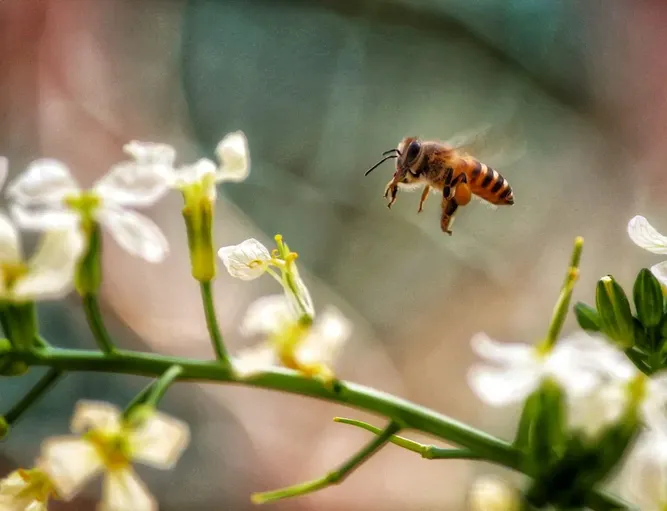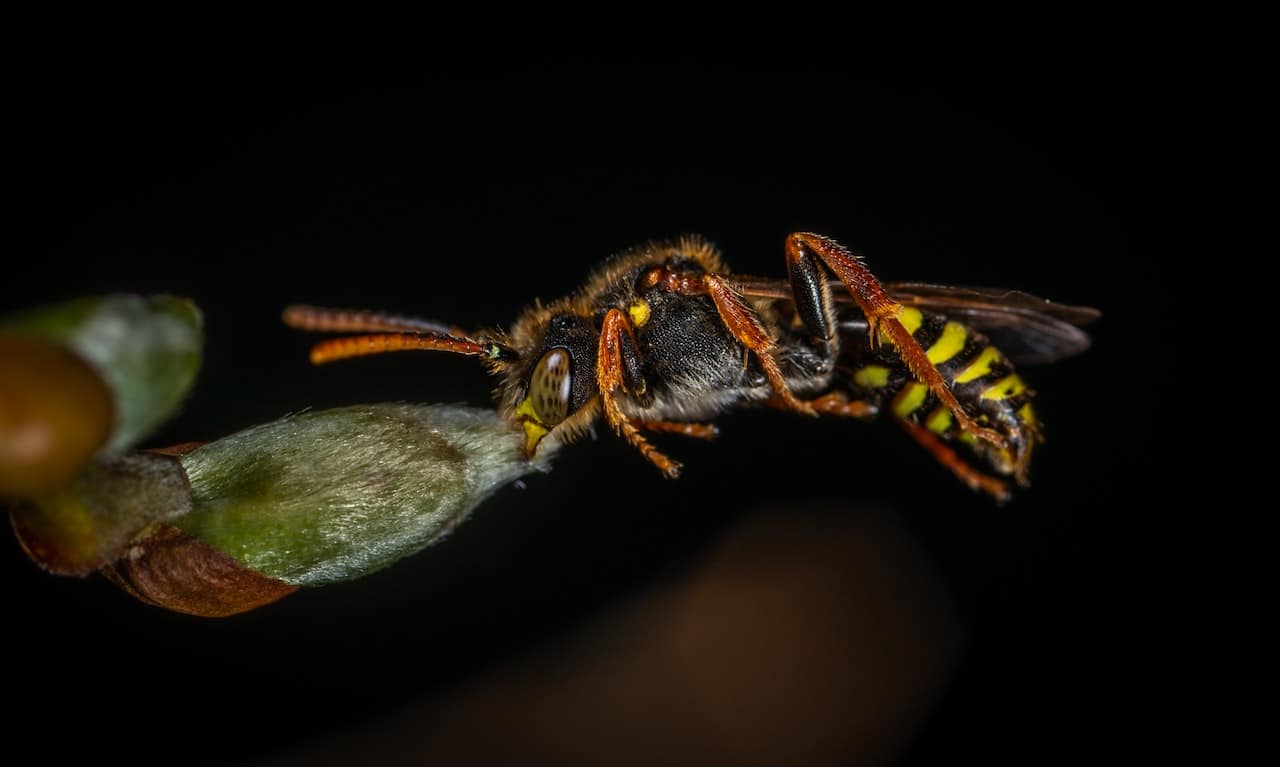Beeline Pest Control
Wasp Removal Made Easy – Protect Your Home Today!
Say goodbye to aggressive wasps with Beeline Pest Control! Our fast and effective treatments eliminate wasp nests safely and prevent future infestations—so you can enjoy your outdoor space without worry.
Keep your home and family safe with Beeline Pest Control — Call us today!
No Hidden Charges
Get a FREE Quote Today

Some wasps can recognize each other’s faces, just like humans!
Get Rid of Wasps Fast – Safe & Effective Wasp Control
in Texas
Wasps aren’t just a nuisance—they’re aggressive, territorial, and can deliver painful stings. If wasps are building nests near your home or business, don’t wait for the problem to escalate!
At Texas Beeline, we specialize in fast, professional wasp removal so you can enjoy your space without the fear of stings or dangerous swarms. Our expert pest control team eliminates wasps at the source and applies preventative treatments to keep them from coming back.
Don’t risk painful stings—call us now for expert wasp control!
Why Choose Texas Beeline for Wasp Control?
- Fast & Safe Nest Removal — We eliminate wasp nests quickly and efficiently, protecting your home or business.
- Long-Lasting Protection — Our preventative treatments stop wasps from returning.
- No Harsh Chemicals — We use safe, eco-friendly solutions that work without harming your family or pets.
- Expert Technicians — Our trained professionals handle wasps safely, so you don’t have to.
- Same-Day Service Available — Need urgent help? We act fast!
Take back your space today—get rid of wasps for good!
No Hidden Charges
What kind of wasps are found in Texas?
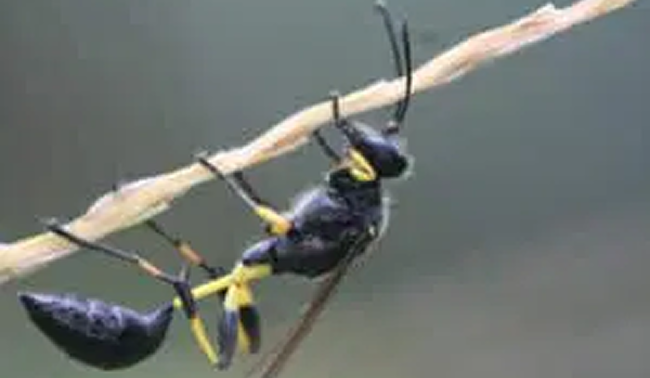
Mud Dauber Wasp: Nature’s Skilled Builder
Also known as dirt daubers, mud dauber wasps are slender, solitary insects, typically black or metallic blue-black, with a distinct thin waist. They feed on nectar and capture spiders—not to eat but to provide food for their larvae. These expert builders craft mud nests in sheltered spots, sealing paralyzed spiders inside as food
for their young.
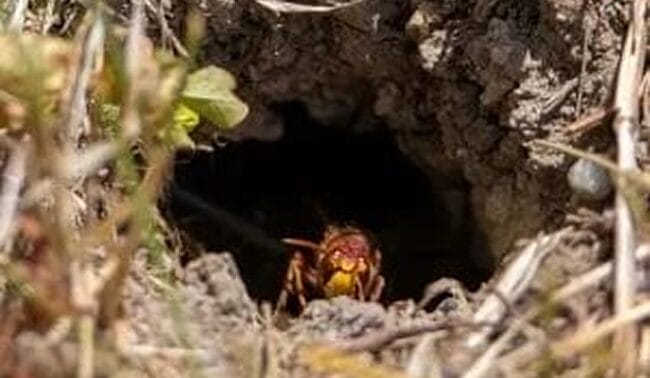
Yellow Jackets: Aggressive Social Wasps
Yellow jackets are black and yellow social wasps with narrow waists, growing ½ to ¾ inches long. Omnivorous, they feed on nectar, fruit, insects, and even human food. Highly territorial, they become more aggressive in late summer and fall.
Living in large colonies led by a queen, workers build nests, gather food, and protect their hive.

Hornets: Aggressive Predators & Nest Builders
Hornets are social wasps led by a queen, capable of laying up to 500 eggs daily. Carnivorous hunters, they prey on insects but also feed on nectar and fruit. Their paper-like nests, built by chewing wood, can grow over a meter long in trees, shrubs, or buildings. Highly territorial, hornets defend their colony aggressively, delivering painful stings when threatened.for their young.
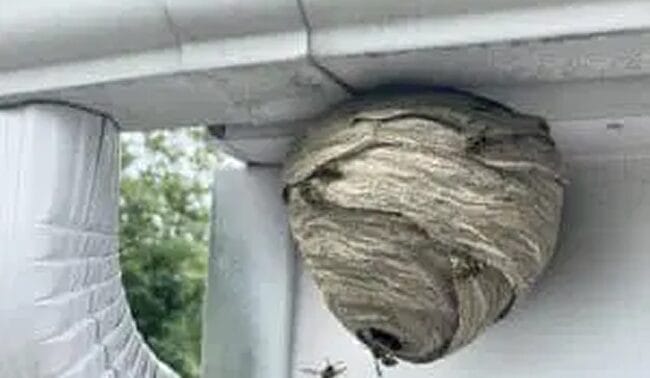
Paper Wasps: Skilled Builders & Pollinators
Paper wasps are social insects known for their slender bodies, long legs, and brownish coloring with yellow markings. They build open-cell, paper-like nests by chewing wood fibers and mixing them with saliva. Feeding on nectar and insects, they help control pests and pollinate plants. While less aggressive than hornets, they will sting if
their nest is disturbed.
Are Wasps Dangerous?
With summer in full swing, wasps are more active and can be a real nuisance. Their painful stings may trigger allergic reactions, making them a serious threat. Avoid wearing sweet scents, wear closed-toe shoes, and stay clear of wasp nests, as they defend aggressively. If allergic, always carry an EpiPen. Stay aware and protect yourself outdoors!
If you’re unlucky enough to be stung by a wasp, the pain can be intense. Unlike bees, wasps do not lose their stingers with each sting, allowing them to sting multiple times. They can also inject their venom into your skin with their sting.
Eliminate Wasps – Protect Your Home Today!
Don’t let wasps take over your space! Beeline Pest Control offers expert wasp removal and nest prevention, keeping your home safe and sting-free. Call now for a free inspection and a customized treatment plan to get rid of wasps for good!
No Hidden Charges
Reviews from Texas Residents
Nothing motivates us more than a pat on the back from our clients!
Beeline Pest Control
Contact Us Today!
Keep your home safe with expert pest control from Beeline Pest Control. Call now for a free inspection and custom treatment plan!
No Hidden Charges
Get a FREE Quote Today
Frequently Asked Questions
How do wasps build their nests?
Wasps build their nests by chewing wood into a pulp. They then shape this pulp into the desired shape and allow it to harden. Once the nest is complete, the wasps will lay their eggs inside of it.
What should I do if a wasp is chasing me?
If a wasp is chasing you, it is likely because it feels threatened. Try to calm down and avoid making sudden movements. Once the wasp has flown away, you should be safe.
Where do wasps go in the winter?
Some types of wasps hibernate in the winter, while others die off. However, the queens of most wasp species survive the winter by burrowing into the ground and creating a cocoon. When spring arrives, the queen will emerge from her cocoon and begin to build a new nest.
Can wasps pollinate or make honey?
Yes, some types of wasps are able to pollinate flowers. However, wasps do not make honey like bees do. Instead, they make a substance called pollen that they use to feed their young.
Why do wasps keep coming back to my home or business?
If you have wasps on your property, it is likely because they have built a nest nearby. Wasps will often build their nests in trees or bushes, but they can also build them in the eaves of buildings.
Where do wasps live?
Most wasps live in nests that they build themselves. These nests can be found in a variety of locations, including trees, bushes, and even the eaves of buildings. In some cases, wasps will build their nests underground.
What time of day are wasps most active?
Wasps are most active during the day, especially when it is sunny outside. However, they can also be active at night, particularly if there is artificial light nearby.
Can a wasp sting more than once?
Yes, a wasp can sting more than once. In fact, some wasps can sting multiple times in quick succession. However, most wasps will only sting once and then fly away.
Are wasps dangerous?
While wasps are not typically aggressive, they can become dangerous if they feel threatened. If a wasp stings you, it can cause pain and swelling. In some cases, wasp stings can also cause allergic reactions.
What is a wasp?
A wasp is a winged insect that is related to bees and ants. Wasps are often brightly colored, with yellow and black stripes being the most common pattern. Some wasps can be up to an inch long, while others may be as small as a fraction of an inch.

